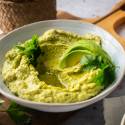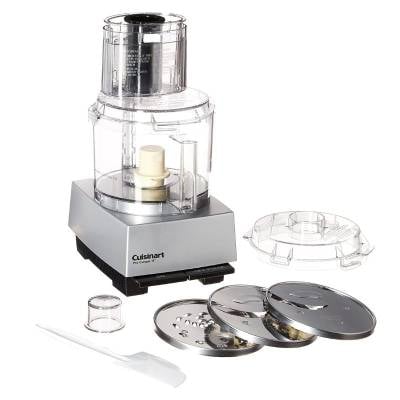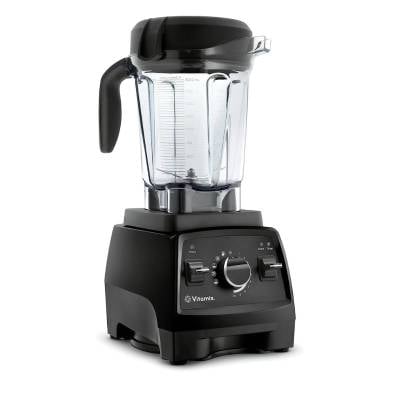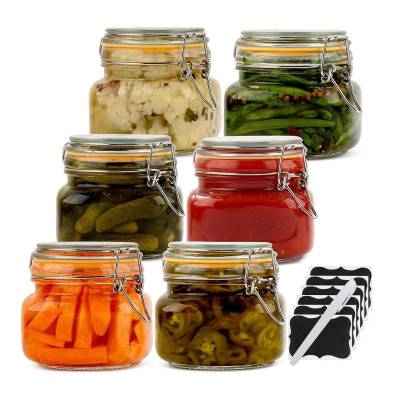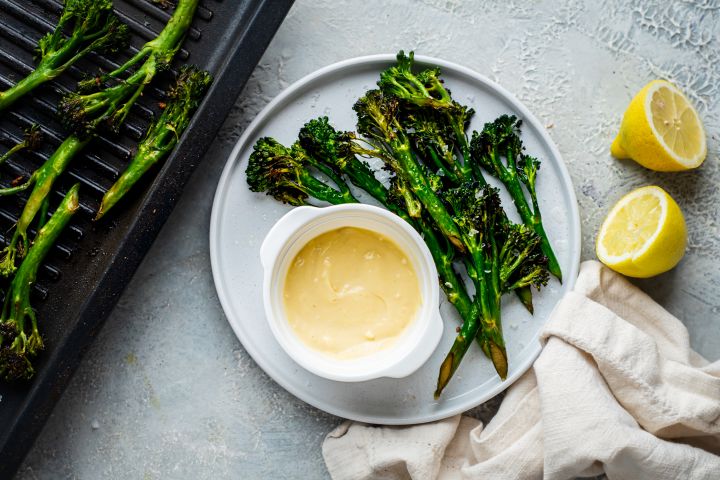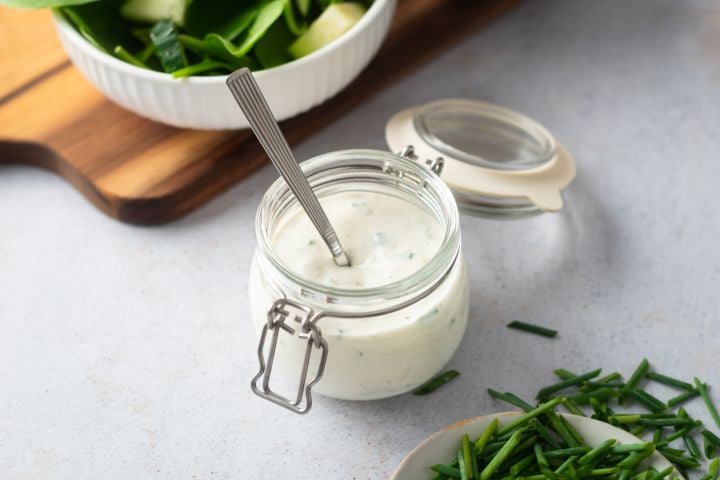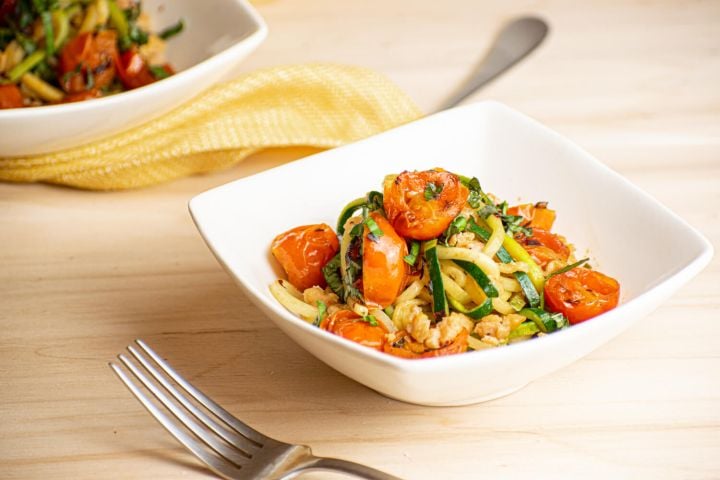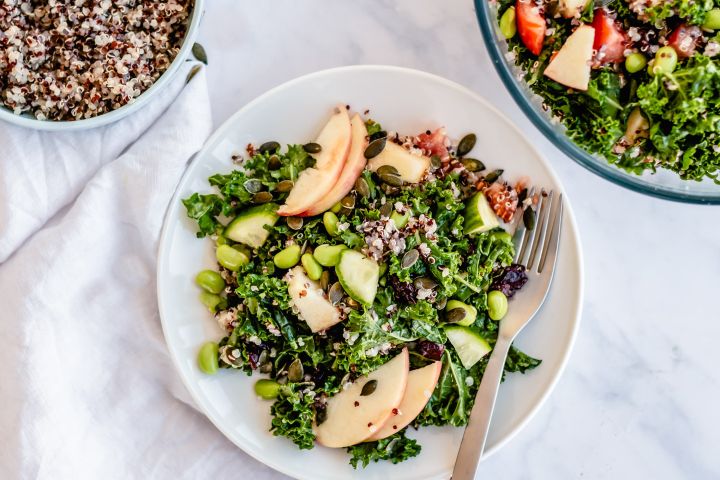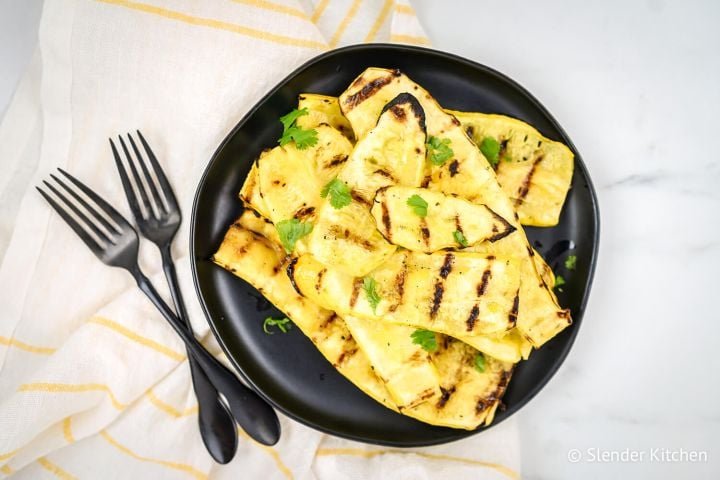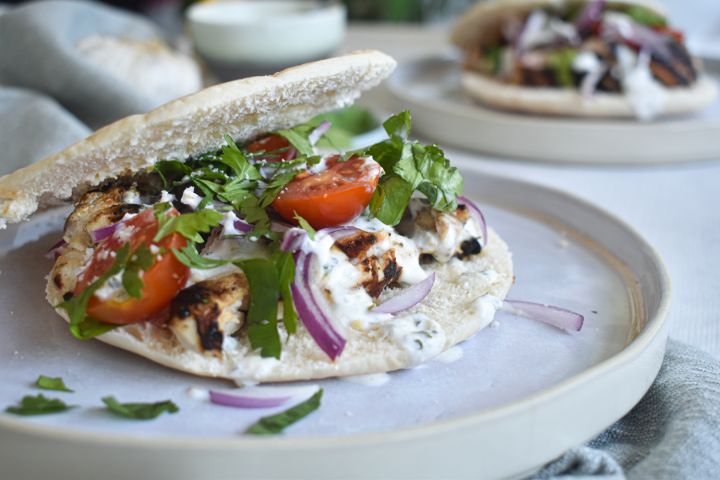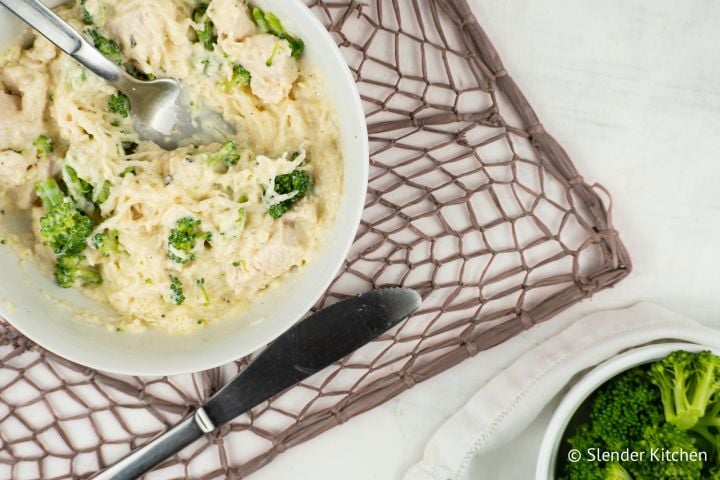Homemade Tahini
Homemade Tahini is nutty, creamy, and beyond delicious. Made simply with sesame seeds, olive oil, and salt, this tasty tahini sauce is bound to become a staple in your kitchen.
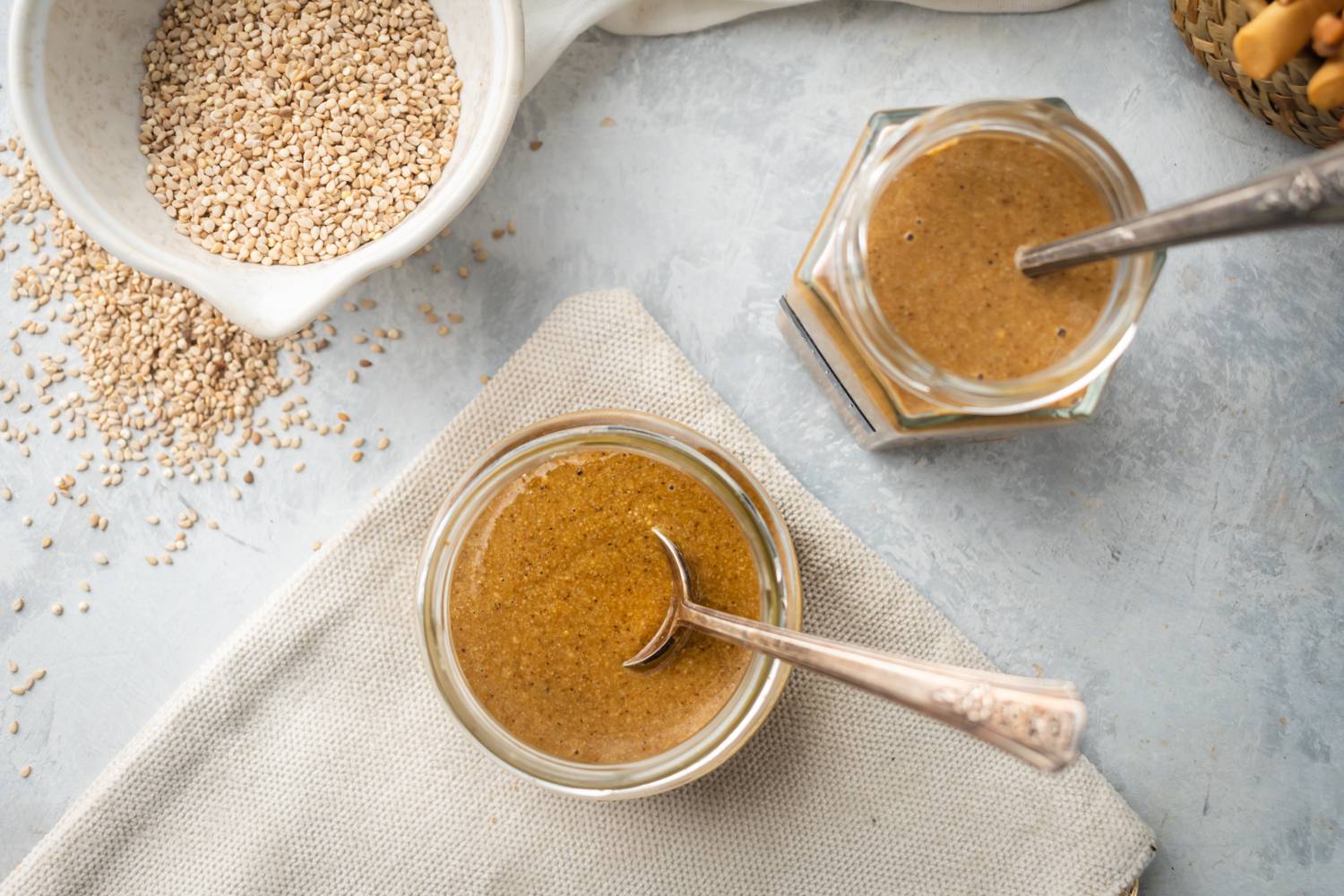
Lately, I’ve been really into making hummus from scratch. It’s super affordable and so much more delicious than store-bought stuff, you get to control the flavor. The other day, as I spooned some tahini into my blender with the chickpeas, it hit me. Why haven’t I tried making Homemade Tahini?
The store-bought versions are pretty pricey, especially when you consider the fact that it’s literally just ground sesame seeds and oil. Plus they tend to sit on store shelves for a long time, so jarred tahini isn’t always super fresh.
So, I decided to see for myself. And guess what? Not only was homemade tahini easy to make, but it was seriously delicious. As an added bonus, it’s pretty much impossible to mess up this recipe, so it’s perfect for beginners.
Once you’ve got your tahini sauce, the options are pretty much endless. You can use it to make garlic hummus or baba ganoush, drizzle it over baked falafel and grain bowls, or add some lemon juice and fresh herbs to dress your favorite salads. You won’t be going back to store-bought tahini anytime soon!
What is tahini?
Tahini is a paste made with toasted sesame seeds, oil, and salt. Think of it like any nut or seed butter, just made with hulled sesame seeds. It has a nutty flavor and is naturally gluten-free and vegan. Plus it is packed with protein, healthy fats, fiber, magnesium, and many vitamins and nutrients.
Tahini is very popular in Middle Eastern and Mediterranean cooking and is used for everything from hummus and salad dressing to cookies, smoothies, shakes, and marinades. It’s drizzled over roasted vegetables and used as a condiment for shawarma, sabich, and falafel.
One important note about tahini. Many times there is confusion between tahini and prepared tahini sauce. Tahini is simply a paste made with ground hulled sesame seeds with olive oil and salt. Tahini sauce is a condiment made with tahini, olive oil, lemon juice, fresh herbs, and other spices.

Key Ingredients
With only three ingredients, this homemade tahini recipe couldn’t be more simple. All you need is the following:
- Sesame seeds. To get the creamiest tahini, I prefer using hulled white sesame seeds. They’re less bitter than their brown counterparts and give a smoother consistency.
- Olive oil. To add some richness and help create a creamy consistency, you will need high-quality olive oil. If you don’t have any, avocado oil or grapeseed oil would work well too.
- Kosher salt. This enhances the nutty flavor of the sesame seeds and the richness of the olive oil, making this homemade tahini as delicious as possible.
How to Make Tahini From Scratch
1. Toast the sesame seeds
For the most flavorful tahini, it is essential to toast the sesame seeds. If possible, do not skip this step and buy pre-roasted sesame seeds. They do not have as much flavor as fresh.
Normally I toast the sesame seeds in a skillet. Heat the skillet over medium heat. Then add the sesame seeds and gently toast them, stirring often. They should turn a light golden brown. Sesame seeds can burn quickly so keep an eye on them and remove them from the pan as soon as they are lightly browned and fragrant.
You can also toast sesame seeds in the oven, but I find they tend to burn more often. To roast, preheat the oven to 400 degrees. Spread the sesame seeds out in a single layer on a baking sheet. Bake them for 3-5 minutes, watching them carefully and removing them as soon as they brown. Again, it is very easy to burn sesame seeds in the oven so watch them closely.
2. Blend the sesame seeds with oil until creamy
Using a food processor or high-powered blender (like a Vitamix or Blendtec), blend just the sesame seeds until they have a sandy, crumbly texture. This will take 1-2 minutes.
Then slowly drizzle in the olive oil and sprinkle in the salt. Continue to process the sesame seeds until they are very smooth and creamy. This process can take about 5 minutes, so be patient. Scrape down the sides as you blend so everything gets nice and creamy.
Taste and season with salt if needed. If you find the tahini is getting creamy, add some extra olive oil to the mixture.
Quick and Easy Tahini Sauce
Now that you have your homemade tahini, you may want to make tahini sauce to drizzle on salads, veggies, wraps, and more. Whereas tahini is a thick paste, tahini sauce is thinned out and easy to drizzle!
Here is a quick and easy tahini sauce recipe.
- 1 cup homemade tahini
- 1/2 cup of lukewarm water
- 1/3 cup fresh lemon juice
- 1-2 garlic cloves (pressed into a paste or grated)
- 1 tbsp parsley (more to taste)
- ½ teaspoon cumin (optional)
- Salt to taste
- Add the tahini, water, and lemon juice to a bowl and whisk until it has a smooth, pourable texture.
- Stir in the garlic, parsley, cumin (if using), and season with salt to taste.
Store in an airtight container in the fridge for up to one week. The tahini sauce will thicken as it seeds, add more water or lemon juice as needed.

Recipe Tips and Substitutions
Here are some of my top tips and substitutions to help you make this creamy tahini recipe:
- Hulled vs. unhulled sesame seeds. Hulled sesame seeds are typically what you’ll find in grocery stores. Unhulled seeds still have their shell on and tahini prepared using them tends to have bitter undertones and a gritty texture.
- Use toasted seeds. Toasting the sesame seeds is a great way to help release their natural oils while bringing out more of that delicious nutty flavor. Just remember to keep an eye out during the toasting process because it’s easy to burn the delicate seeds.
- Add some aromatics. For some added flavor, try adding some garlic, lemon juice, and/or cumin to the mix. The acidity of the lemon mellows out the sharpness of the garlic while the cumin enhances the flavor.
- Garnish with herbs. To amp up the freshness, garnish with fresh chopped herbs like parsley, basil, fresh dill, chives, or cilantro. You could even blend them together to create a herby tahini sauce or salad dressing.
- Turn on the heat. If you like your food with a kick, feel free to add in a dash of cayenne pepper or hot paprika for a little heat.
Seven Ways to Use Homemade Tahini
Tahini is a staple ingredient in Middle Eastern cuisine, and for good reason. The silky texture and delicious nutty flavor create a condiment that is seriously decadent.
From classic hummus to tahini brownies, there are plenty of ways to use this condiment. If you're unsure about where to start, here are some of my personal favorites:
- Hummus. I've used this homemade tahini in plenty of my hummus variations like my Black Bean Hummus and even my Avocado Hummus, and it tastes just as phenomenal in all of them.
- Salads and Salad Dressing. Create your very own creamy tahini dressing by adding some lemon juice to the tahini. It's the perfect match for salads with crunchy veggies and chickpeas like my Easy Mediterranean Salad, or even this Easy Bean Salad.
- Falafel. This irresistibly creamy tahini adds a delicious flavor to everything it touches, including the crispy outsides of this Baked Lentil Falafel. Drizzle a little tahini on top to create a satisfying meal you'll be coming back to again and again!
- Grain bowls. For a quick Mediterranean-inspired grain bowl, prepare some spiced chickpeas and roasted seasonal veggies and toss them with some tahini. You can also add some farro as a low-carb grain to make it more filling. For a delicious grain bowl with tahini, try this Garlic Tahini Broccoli Bowl.
- Baked goods: Tahini is delicious in baked goods like brownies, cookies, bread, and more. Swap it in for peanut butter or almond butter.
- Smoothies and shakes: Tahini shakes are super popular in the Middle East and are made with tahini, bananas, dates, cinnamon, vanilla extract, and almond milk. You can also add tahini to almost any smooth to add a nutty flavor and healthy fats.
- Sauce or dip: Tahini makes a delicious sauce (see recipe above) and dip. Serve it with raw vegetables like carrots, celery, bell peppers, and cucumbers. Use it as a dip with pita chips, pita bread, pretzels, or crackers. Drizzle it over roasted vegetables, grilled meats, fish, or chicken.
What is a good substitute for tahini?
If you aren't a fan of tahini, some of the best substitutes include neutral-flavored nut butter like cashew or almond butter. Sunflower seed butter blended with some sesame oil is another great substitute, both in terms of flavor and texture.
How to Store Tahini
This recipe produces around one cup of tahini. Unless you’re serving a crowd, you probably won’t be using it all at once. Luckily for us all, tahini can be used in a ton of dishes, so it’s great for keeping on hand. All you have to do is transfer it from the blender to an airtight jar or container and store it in the refrigerator. Then, you can store it in one of two ways:
- In the fridge for up to one month.
- In the freezer for up to 6 months.
Frequently Asked Questions
Here are the answers to some of the most frequently asked questions about this homemade tahini recipe:
Is homemade tahini better than store-bought?
Absolutely! This is just my opinion, but I personally find homemade tahini to be more appealing than the store-bought kind for a myriad of reasons. It’s budget-friendly, easy to make, delicious, and you can control exactly which ingredients are going into it.
How do you make tahini without sesame seeds?
If you want to make authentic tahini, it has to be made with sesame seeds. It's essentially sesame seed paste so making ti without sesame seeds would be like making peanut butter without peanuts.
With that said, you can make something similar using pumpkin seeds or sunflower seeds and oil. It will have a different texture and taste. If you aren't sensitive to sesame oil, consider blending the sunflower or pumpkin seeds with sesame oil to get a more similar flavor.
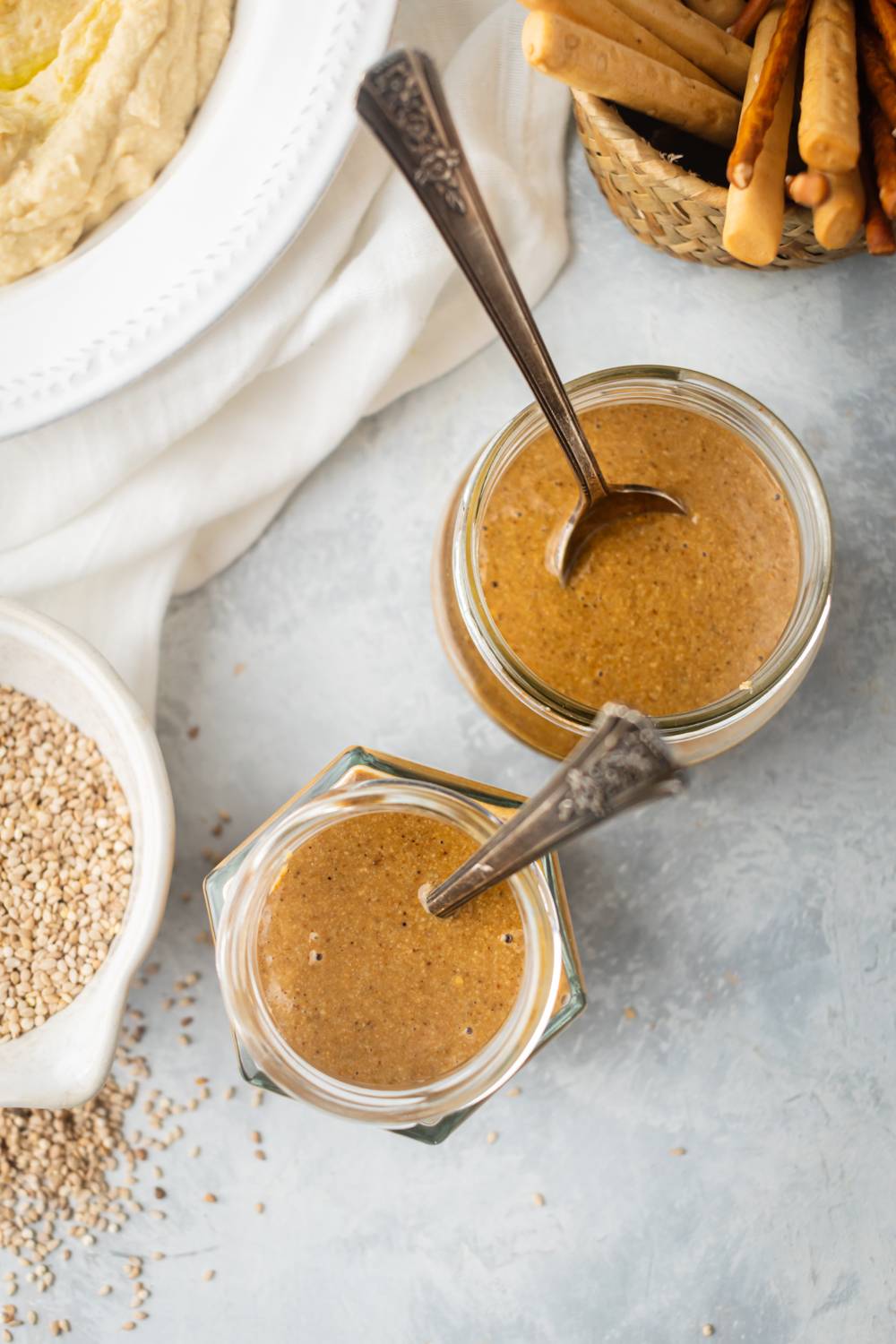
Homemade Tahini
- Download
- Send to your inbox
Ingredients
-
2 cups sesame seeds
-
2 tbsp olive oil (more as needed, or other neutral oil)
-
1/4 tsp kosher salt (more to taste)
Instructions
(Hide Media)Switch to prevent your screen from going dark.
Equipment
* Percent Daily Values are based on a 2,000 calorie diet. Your daily values may be higher or lower depending on your calorie needs.
The Nutritional Values provided are estimates only and may vary based on the preparation method.
Notes
Continue to add olive oil until the tahini is creamy and smooth. This recipe makes about 1 cup of tahini.

Get delicious, healthy recipes delivered each week right to your inbox.

Snap a picture and show us what you made on Instagram or Facebook.
Tag us using @SlenderKitchen or #slenderkitchen.





